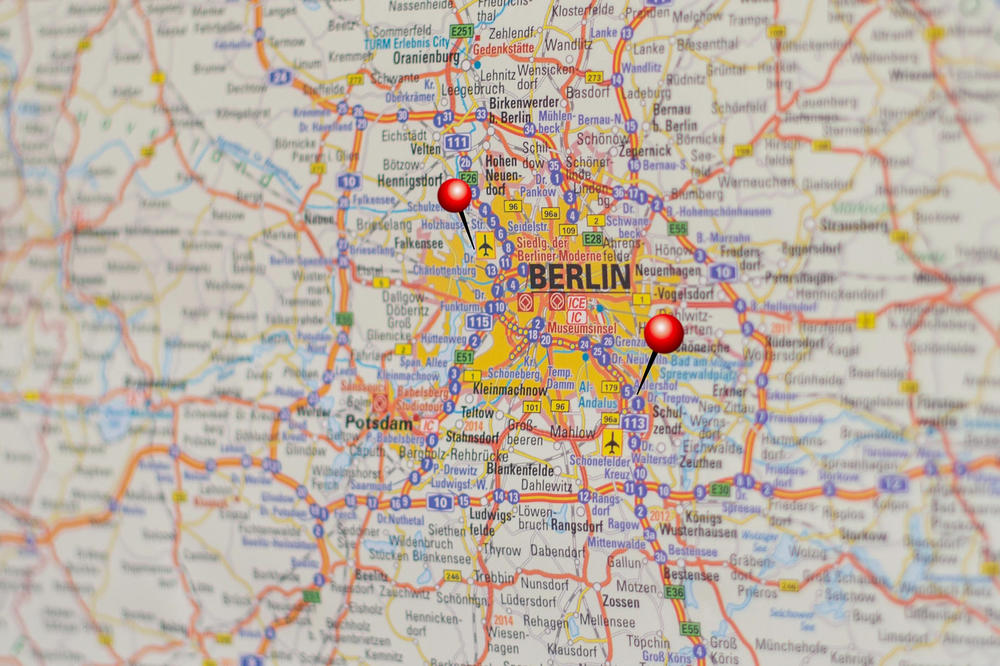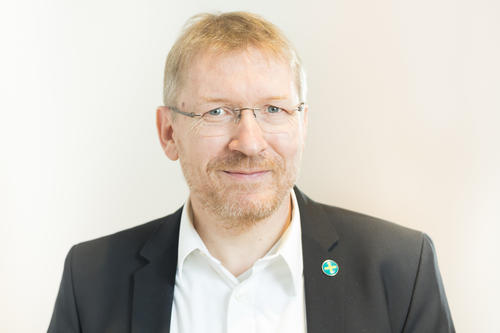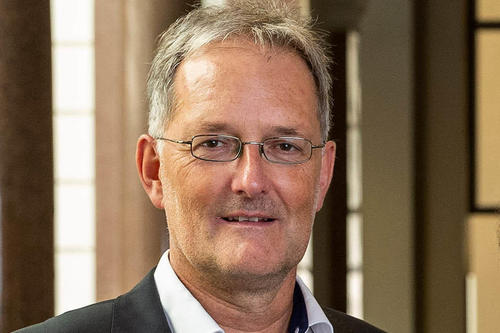“We’re Celebrating Mathematics!” – in the Futurium on July 1. An Interview with Christof Schütte and Martin Skutella
One million US dollars for an efficient algorithm: Why solving the P versus NP Problem is worth so much money and why math is an adventure
Jun 08, 2022
What is the fastest way to get from A to B? Efficient algorithms help to find the best route. This is just one example of how mathematics affects everyday life.
Image Credit: Pexels Pixabay
Mathematics can sometimes remain a mystery, not just for laypeople. Some mathematical problems have remained unsolved for centuries. In 2000, the Clay Mathematics Institute promised prize money of one million US dollars for solving each of seven fundamental mathematical problems. With only one exception, the Poincaré conjecture, they remain unsolved to this day.
These millennium mysteries are to be presented to the public this year. The German-wide series of events “The 7 Greatest Adventures in Mathematics” started in June. The initiators of the series, Die Junge Akademie and the German Mathematical Association, invite you on an adventurous journey through some of the most central questions in mathematics – the Millennium Problems.
At seven mathematical institutes and research centers in Germany, researchers are dealing with one of these puzzles in order to raise public awareness, convey the fascination of mathematics, and stimulate exchange among colleagues.
In Berlin, the MATH+ Cluster of Excellence is presenting the P versus NP problem. Martin Skutella, Einstein Professor of Mathematics and Computer Science at Technische Universität Berlin and MATH+ co-chair, and Christof Schütte, a professor of mathematics at Freie Universität Berlin, president of the Zuse Institute Berlin, and MATH+ chair, are inviting all interested parties on the morning of July 1 to the Futurium, where the P versus NP problem will be explained in a way that laypeople can understand. The activities in the morning will be presented in German. In the afternoon the MATH+/BMS community will gather in the Berlin-Brandenburg Academy of Sciences and Humanities (BBAW) for expert presentations and discussions.
Professor Skutella, Professor Schütte, why did you become mathematicians?
Martin Skutella: Mathematics is a way to better understand certain aspects of our world. Galileo Galilei said, “The book of nature is written in the language of mathematics.” Besides, mathematics has its own aesthetics, and a beautiful mathematical proof is simply a pleasure.
The very best is when you realize that mathematics has an effect on real life. A good algorithm, for example, makes route planning for navigation systems possible. In this case, it is a shortest path calculation method. However, countless other applications are conceivable.
Christof Schütte: Mathematics is the common language of the sciences. It allows us to work with many disciplines: for example, medicine, chemistry, archaeology. People from 27 disciplines work together in our institute. At the event in the Futurium, we aim to show that mathematics is fascinating.
Do you have to love math to get something out of the “Celebrating MATH!” event at the Futurium on July 1?
Christof Schütte: That day we are celebrating mathematics. It can be a wonderful adventure for all people, large and small. The morning program is aimed at non-professionals, especially high school students from 10th grade on.
There will be examples of mathematical applications, for example, an exhibition where you can experience art made by artificial intelligence. You have seen something similar before: When you go on vacation, there is often someone at the vacation spot who draws a picture of you in ten minutes. A computer can “paint” a picture like that. Mind you, the computer does not take a photo; it calculates it. At the exhibition you will be able to see it at work.
Another aspect is mobility. You can take part in a simulation and choose options for action with the goal of reducing CO2 emissions by 2035. Some of the options are tax incentives for e-cars or expanding the network of bicycle paths. Implementing everything at the same time is too expensive, so decisions have to be made, and then the consequences are simulated.
In addition, the comic “Ida and the Math Agent” will be presented. The comic shows in a comprehensible form how various mobility decisions are included in the simulations of the consequences. With regard to global challenges such as climate change, epidemics, and migration, mathematical modeling and simulation make it possible to run through different scenarios before making actual decisions.
In the afternoon the MATH+/BMS community will gather in the BBAW for talks and discussions related to the Millennium Problems.
What exactly are the Millennium Problems all about?
Martin Skutella: They are fundamental unsolved mathematical questions that are being examined from all perspectives over the course of this year as part of a German-wide series of events: “The 7 Greatest Mathematical Adventures.” In 2000, the Clay Mathematics Institute in the USA offered prize money of one million US dollars for solving each of them. The Berlin Mathematics Research Center, MATH+, is taking part in the series of events and is dedicated to one of the seven problems: P versus NP.
Why should this question be of interest to the general public?
Martin Skutella: The P versus NP problem is about efficient algorithms: about whether a computer can solve tasks of a certain complexity. For example, can it help a traveling salesperson plan the shortest round trip through several locations?
Another example: You hold a lecture for 400 students, but only 100 can attend in person. To complicate matters further, there are pairs of students who do not wish to participate together. It is easy to check if a list of 100 names contains pairings that should not be there. However, there are more ways to choose 100 students from 400 than there are atoms in the universe. No computer in the world can try every one of these possibilities.
Why did you apply for MATH+ to address this problem?
Martin Skutella: We specifically applied for the P versus NP problem because it best fits Berlin. Of all the Millennium Problems, it has the most impact on “real life.”
MATH+ aims to be application-oriented and to change the world for the better with mathematics. For example, some of my colleagues work with Deutsche Bahn in the area of strategic planning. A concrete issue is: How do I make the best use of the available trains? Mathematicians work on everyday problems.
Annette Leyssner conducted the interview. It was originally published in German on June 1, 2022, in campus.leben, the online magazine of Freie Universität Berlin.
Further Information
The event is being organized by the Cluster of Excellence MATH+. It will take place on July 1 in the Futurium. The activities in the morning are aimed mainly at laypeople, while the activities in the afternoon at the BBAW are aimed at mathematicians. All interested parties are welcome to attend the morning event. It will be held in German. Under the slogan “Celebrating mathematics!” there will be a varied program with lectures and exciting activities. They are well suited for high school students as of 10th grade. Registration is possible until June 12.
Information about the German-wide series of events #siebenabenteuer



